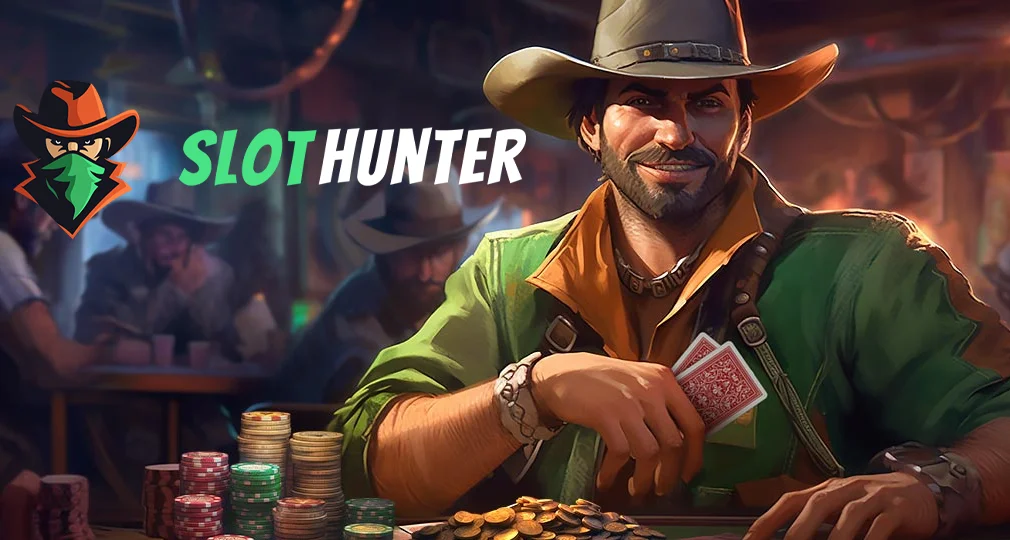The modern iGaming industry is extremely competitive, especially when it comes to slot gaming. Creating an amazing slot is only part of the deal and will not guarantee the popularity of the game. To turn a profit, casino operators need to know how to retain players. And that is what our interview is all about.
Guy Hasson, CEO of slots consulting firm Old Man Production and a founder of slots studio Euphoria Studios, has told GBC Time what is super retention and how to achieve it.
What is super retention?
We all know how to increase retention, right? We all know that players are willing to sit through the main game if there are great free spins or a great bonus. Players are likely to stay longer if the trigger to a feature is progressive. In high volatility games, players are willing to stay through dozens if not hundreds of small wins just for a chance to get the really big win. But that is just retention.
I am talking about Super Retention. I have been obsessed with it for the last couple of years. I want players to know they only have to wait 3, 4, or 5 more spins until something really big or important happens. Decreasing the cycle from waiting for more than a hundred spins to waiting for 1, 2, 5, or 10 spins at the most, creates a game that is harder to leave. Let’s talk about how to achieve super retention.
Is the slot theme a key to success?
Sure, there are winning themes that repeat everywhere (Leprechaun, Egypt, Pirates, etc.) But these bring about regular retention, not super retention.
A theme is enough to bring about the retention we already know. It will not, however, bring you superior retention.
Conclusion: choice of theme is not enough for Super Retention.
What about symbol choice? How important is it?
Is symbol choice important? Absolutely! Is there a way to create symbols in a good theme that will bring superior retention? The answer is simple: there is not. Slot companies around the world have perfected symbol choice. Symbol choice allows the other elements of a slot to do their work to create Super Retention.
Conclusion: choosing the wrong symbols can take away your retention, but choosing the right symbols will not bring the gold we seek – Super Retention.
Is it the quality of the graphics?
Let’s put it simply: there have already been games, where the quality of the graphics is so high that there is truly nothing new to add there (at least until VR and AR become the norm in slots).
Conclusion: the quality of the graphics is not something that keeps the players riveted to such an extreme point that they feel they cannot leave the game.
How about the animation of the slot machine?
The animation could, under certain circumstances, create Super Retention. Here is how.
Remember that our goal is to make it impossible for the player to leave the game. So, to make animation the way of creating Super Retention, we must fulfill these criteria:
- Every element of animation must show a change in-game results, an advancement of some kind, tease a possible win, and so on. The animation must represent some kind of feature;
- The animation must be exciting;
- The animation must be unpredictable. This means that the player cannot anticipate what animation they will see next. The element of unpredictability is an element that keeps players riveted more to the screen. The fact that each unpredictable element advances the chances for a win with every single spin will create Super Retention.
Conclusion: Animation can help create Super Retention, but not alone. It needs math and features.
What are the features that can create Super Retention?
A feature that creates Super Retention must create a cycle so short that a player feels they cannot leave the game because they just have to play one, two, or three more spins to see what happens.
Traditionally, retention was created with bigger cycles. Players had to wait for 100 spins or more for free spins or bonus, or thousands of spins for a decent chance at a jackpot prize.
But if we create features that within the main game and in free spins create 1-10-spin cycles, with a possible great chance of a reward at the end of every spin, then the players will always want to remain just until the end of the cycle (in the case of a 3 to 10-spin cycle) or until the end of the next spin (in the case of a 1-spin cycle).
If we don’t trigger this feature, the player does not need to wait for it. Any spin is part of the cycle. And through this, you created Super Retention.
Conclusion: Features are definitely a way to Super Retention if you allow the features to create short cycles.
Does the secret to Super Retention lie in progressive triggers?
We know that on the whole, progressive triggers to features (bonus, free spins, or other features) increase retention more than triggers that appear completely random.
Let’s take that to the next level. Let’s have 3 or 4 progressive triggers, at least 2 of them with short cycles, one with a really long cycle. And let’s add a progressive trigger that has the possibility of requiring only two things collected.
This way, there is always a progressive trigger that is about to end, which would make it harder to leave the game, thus creating Super Retention.
What about the gambling math?
Math is key to Super Retention. Since Super Retention is different from retention, I am not going to talk about what we already know brings retention. I am going to talk about the next level.
We must use math to create a situation (or multiple situations), in which there is always a big possible reward in the next spin or the next handful of spins. That is taken care of in the features, which the math must do well.
Creating a feature, which is built for Super Retention, is not enough. The math must support the promise of a real reward, and it must do so often enough that the player believes it really is possible at the end of the short cycle.
The reward of this feature (which is not triggered, and takes place automatically in the main game) must occur often enough at the expense of almost anything else. I cannot stress this point enough: The feature must be rewarding – and often – for the player to know they must wait for 1, 2, 3, or 5 more spins for this big chance of a big win.
All other elements, including sizes of wins outside this feature, must be second to this law. It is the promise that something can happen WITHIN THE NEXT FEW SECONDS that creates Super Retention.
What role do free spins play in creating Super Retention?
First of all, having free spins is recommended, but not a necessity. If you replace free spins, the main game feature must be so unbelievable and so rewarding that it is worth it to give on something the players see as completely free money. So, think carefully about that.
Now let’s assume you have free spins. You have created at least one feature that should give you Super Retention. This feature must somehow carry over to free spins, but now must be even MORE rewarding. The cycle of the Super Retention feature could be shorter, the rewards higher, or the feature aspect of it magnified. For example, if you are using 3 random wilds in every spin, use 4 or 5 random wilds, and, if possible, give one of them a really big multiplier. Or keep the 3 random wilds and give all of them cool multipliers.
The point is: increase what you have. It was already amazing and Super Retentive in the main game. Now it should feel to the players that it could be a jackpot of money waiting to be given (it is not, but it should feel like that).
An even more exciting feature in free spins will increase retention even more and seal the deal on the game’s Super Retention.
Is it big rewards?
Return to player ratio (RTP) is not what it used to be. A top game can have 95% RTP. A game where there is only one winning combination, where the win is gigantic, can have 95% RTP but it would be a terrible game. A game where all the wins are small with very very high frequency can have 95% RTP and yet, if built wrong, can be a game where it takes 4 000 spins to lose 100 times your bet. That’s a bad game as well.
All these examples have 95% RTP. So RTP, though important, does not tell you how fast the player is losing her money. What you need to check is the rate of exhaustion (ROE).
ROE is the average (median) number of spins in which, if the player starts with 100x their total bet, the player loses their money. Let the computer simulate the player starting with 100x their total bet, and run the game until the player can no longer bet with that bet size. Set the numbers of spins as N1, then repeat, get N2, etc. Repeat 1 000 times, then take the median. That is your ROE.
Controlling the player’s ROE helps you control the volatility, where some players take huge wins and take a long time to lose money, while others never get the big wins and lose their money fast. Playing around with the ROE will teach you how to give the best experience to as many players as possible.
You can use that tool to do the Super Retention features and math in a way that balances your game vs. makes it unpredictable.
I hope this helped you think about how to create Super Retention.
Read more: Best Canadian Online Casinos













